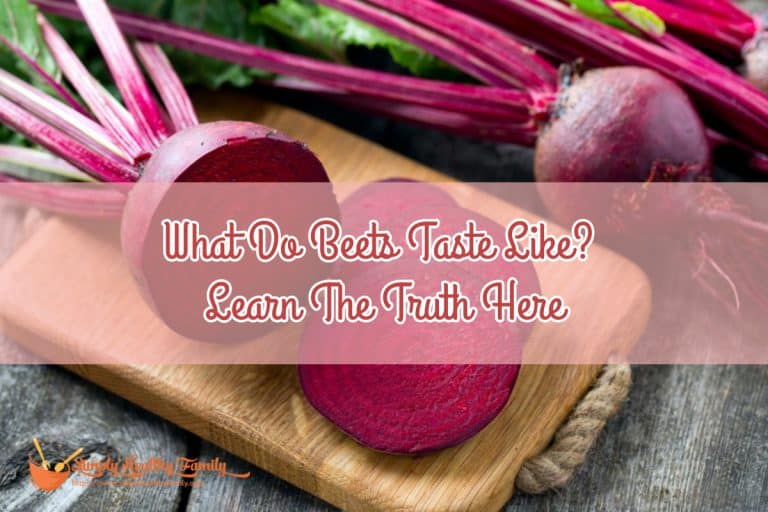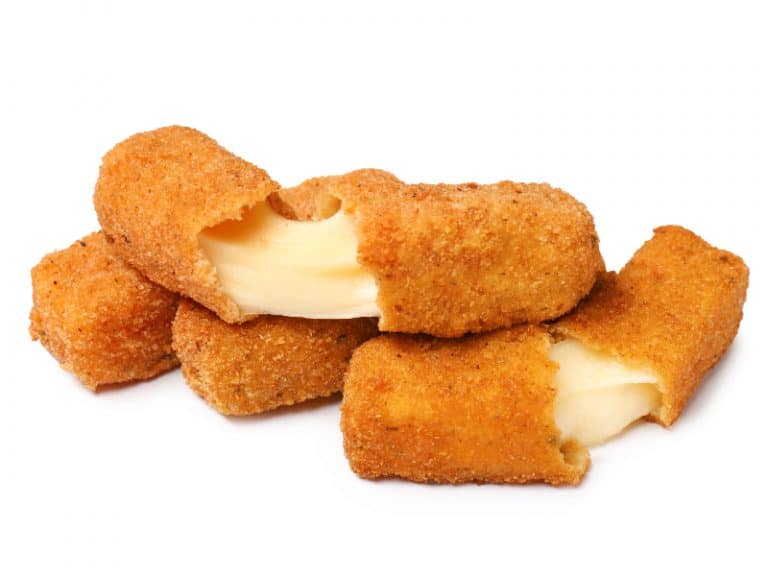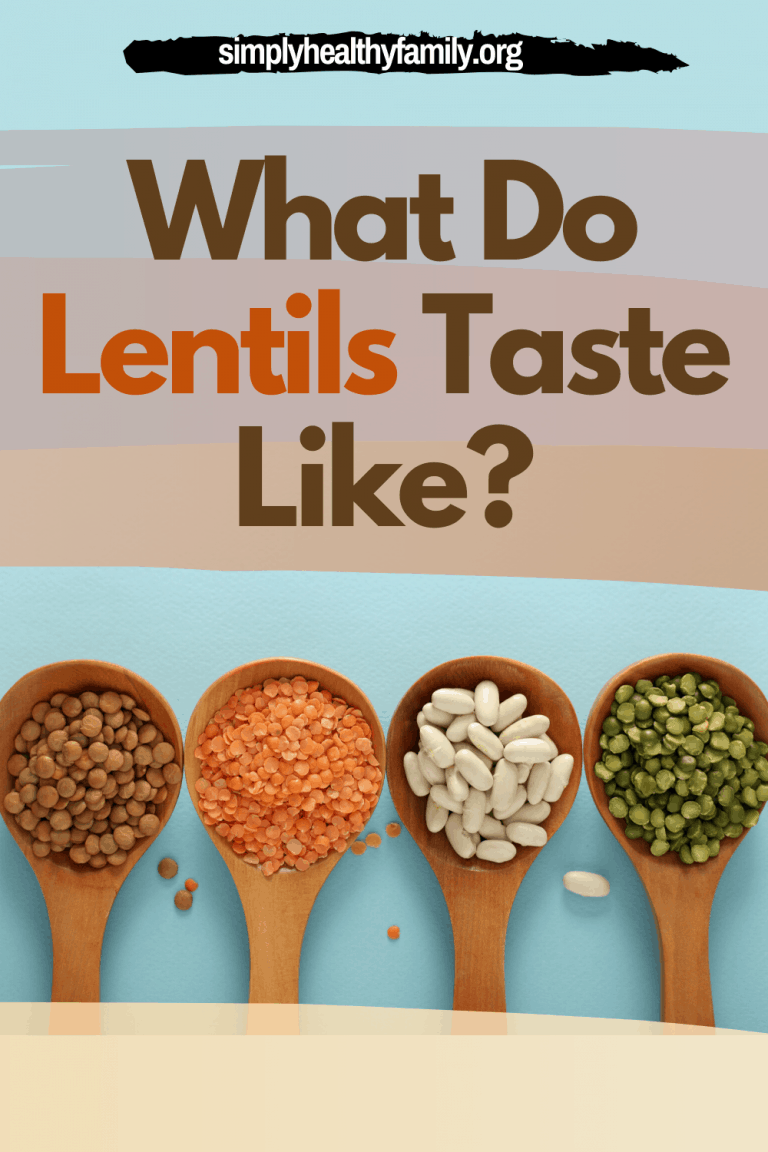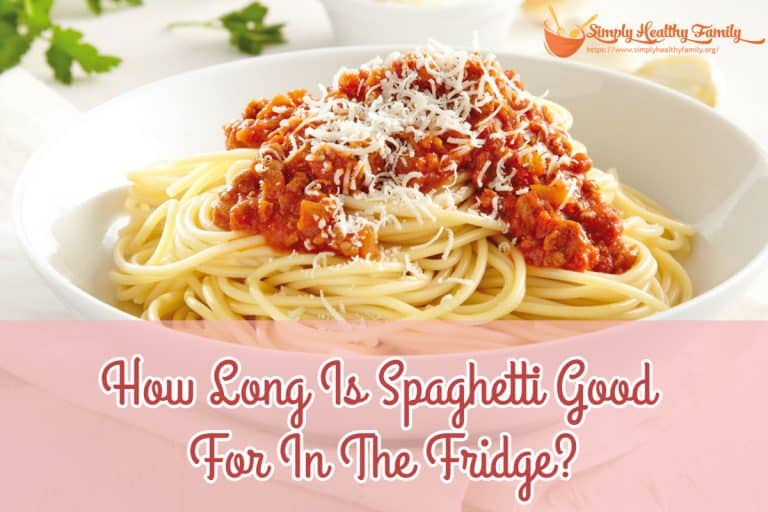How to Cook Any Kind of Beans in a Rice Cooker
Rice cookers can be used for far more than just cooking rice. They are useful kitchen tools for cooking couscous, beans, rice, and more, but in order to get your side component spot on, you need to follow the right instructions.
I want to share my secret to getting perfectly cooked beans in a rice cooker and give you some ideas and suggestions for seasoning your beans and what you can cook alongside them. I hope that by the end of this article you feel confident and eager to get cooking!
About Beans
Beans are a rich and filling source of fiber. They are the seeds of flowering plants in the Fabaceae family. You can boil, bake, and fry beans, which makes them incredibly versatile and one of the most sought-after ingredients worldwide.
Historically beans were an important source of protein, and they still are today in many countries. This simple and cheap ingredient is particularly popular in Mexican cuisine, and it is transferred into many things depending on the needs of the dish.
Types of Beans
There are many types of beans readily available to us at our local grocery stores, and because of this, I want to talk to you about some of the most popular types of beans. Understanding which beans you are using will help you put your dish together, so let’s learn more.
Great Northern Beans
Great northern beans are brilliant beans to use in slow-cooked meals such as soups and stews as they hold their shape brilliantly. They don’t have a very strong flavor, so they aren’t ever going to be the star of your dish.
Cannellini Beans
If you are looking for a large, meaty type of bean, then this is the one for you. They are white, and you may hear some people refer to them as white kidney beans.
These beans have a slightly nutty flavor, which makes them very good ingredients for salads and can be toasted or fried. If you are looking for a dominant bean for soups and stews, these are great because they also hold their shape brilliantly.
Red Beans
Red beans are used a lot in Latin and Caribbean dishes. They are small and have a sweet and nutty flavor to them, along with a smooth and soft texture. Their deep ruby color looks vibrant and will brighten up your dish.
Lima Beans
Lima beans are also known as butter beans in some places in the world. These beans are small and have a creamy texture that will really elevate certain meals.
Navy Beans
Are you looking for the perfect beans to use in your creamy southern dishes? Navy beans do not hold their shape, but they have a tender, mealy, and creamy flavor that works well in bean chowders. These hearty beans won’t hold their shape, but that just adds to their creamy flavor.
Black Beans
Black beans are relatively low in carbohydrates. Black beans can be used instead of high-carb pinto beans if you are watching your carb intake. Although they look striking and unique, they taste and feel like pinto beans, so they are super versatile.
Kidney Beans
Kidney beans are the beans of choice for chili dishes. They are often sold in cans as well as dried, so if you are in a rush, you can opt for the good old canned kidney beans for your meal.
The most popular type of kidney beans are red kidney beans, but you can also get your hands on spotted kidney beans, purple kidney beans, and black kidney beans, so try to mix it up and see which one you like the most!
Why Are Beans Good For You
Beans are an excellent source of fiber and protein, and they are packed with B vitamins and other vital vitamins and minerals. Their great nutritional value is often forgotten about, but do not underestimate how good beans are for you as part of your everyday diet.
Incorporating beans into your diet will also keep you fuller for longer, and most of the time you won’t feel the need to reach for a sugary snack after lunch or dinner.
Another great reason to start eating beans and experimenting with beans in your meals is that they are a very low-cost ingredient that can be stored dry for months.
Step-By-Step Instructions
Follow these instructions to learn how to cook beans in a rice cooker perfectly every time!
- Soak Your Beans Overnight
You must soak the beans overnight before cooking them. This is important as the beans need to be rehydrated properly before cooking.
- Wash
Wash the rehydrated beans in the morning. Dispose of the old water and thoroughly rinse them before proceeding.
- Add Water
Add one cup of water for every cup of beans and season the water with a seasoning of your choice. You can use some of the suggestions listed further down in the article.
- Run the Rice Cooker for a Cycle
Run the rice cooker for a full cycle.
- Check and Run for Half a Cycle
Once the first cycle is complete, check the water levels in the rice cooker and add some water if necessary. This is an important step as if there isn’t enough water in the rice cooker, the beans could burn, and you won’t be able to use them in your dish.
After you have checked the water levels and you are confident that there is sufficient water in the rice cooker, run the rice cooker for half a cycle. Check the beans once the half cycle is complete and run for another half cycle if needs be.
Most beans can be cooked using this guide. If you are cooking large beans, then you may need to cook them for more than two cycles. Small beans may only need one cycle to be fully cooked, which is why it is important to check the beans after every step.
How Do I Know That the Beans Are Ready?
Fully cooked beans should be tender and firm. If you are nearing the end of the cooking process, taste the beans to see if they taste ready. Alternatively, you can mash a bean against the side of the pot to assess its texture.
Best Way to Store Beans
Dried beans should be stored in sealed containers to stop any moisture from getting in. If you keep the beans sealed and in a cool, dry place such as in a pantry, they should last you for years to come.
Always remove the beans from the bag you bought them in and put them into a suitable container to make them last longer. Inspect them for mold or signs of moisture before proceeding to cook them.
Canned Beans
Keep the beans in the can until you are ready to eat them. Do not eat them if the tin has been damaged or open. If the can has been in your pantry for a while, make sure it is still on a date before eating.
Cooked Beans
Put the cooked beans into a glass mason jar or Tupperware container that seals shut well. The cooked beans should be stored in the refrigerator for up to five days and always inspected before reheating to ensure that they are still safe for consumption.
You May Also Like: Can You Freeze Baked Beans?
Popular Bean Dishes
Here is some bean-spiration for you! Below are just a few of my favorite meal suggestions that include beans as either the heart of the dish or as a subtle yet important component. Once you realize the true potential that beans have in your food, you will have some great ideas of your own, so, and once you do, please share them with me!
Vegetarian Bean Chili
Why not make a vegetarian bean chili? I like to use a few different types of beans for this dish to keep it interesting. Simply follow your favorite chili recipe and instead of meat, add extra beans and another few vegetables of your choice and enjoy it with a side of rice.
Bean Dip
Bean dips are oh-so-yummy and can be eaten with so many things! I love dipping baked pita breadsticks into a homemade bean dip and enjoying it as a snack with ripe avocado, a healthy and filling snack that is perfect for taking to work with you.
Soup
You can make beans the heart of this soup dish or use them to add protein to chunky vegetable soup; the choice is yours! Bean and chicken soup is a great meal that all of the family will love as it is home comfort food at its finest!
Pasta and Beans
Pasta and beans can look like anything. Beans can be incorporated into a yummy bolognese dish, or you can use them in a creamy pasta sauce. Just make sure you are using the right type of bean that will complement the flavors and textures of the meal.
Energy Bowls ‘Buddah Bowls’
Energy bowls, also known as buddha bowls, have become a healthy street food trend in many big cities in the world; from Melbourne, Australia, to London, England, energy bowls are taking over.
Buddha bowls are packed full of energy, and they often incorporate fruit, veggies, beans, peas, lentils, and rice in one yummy bowl. Of course, it wouldn’t be a buddha bowl without a zesty or spicy vinaigrette on the side! There are plenty of buddha bowl recipes online for you to use, so enjoy experimenting!
How to Season Beans
Are you wondering what seasoning and flavors go well with beans and in bean dishes? You will be pleased to know that there are plenty of spices and herbs that complement beans perfectly. Here are some of my favorites:
Herbs
Parsley, sage, thyme, and rosemary are great in bean dishes that also have a meat component. These herbs will take your dish to the next level and help make the beans’ texture and unique flavor more prominent.
Spices
Cumin, cardamon, curry, and turmeric are very powerful spices in bean dishes. You usually can’t go wrong with any of the above spices, and they all go with all of the types of beans.
Garlic
Is there anything that doesn’t taste better with garlic? Garlic has a strong flavor and a potent smell that is more than welcome in savory dishes. Soups and stews long for garlic, and so do beans.
Onion
Fried onions and beans are a match made in heaven! Using red onions can give the beans a sweet twist, while white onions go brilliantly with spicy seasoning.
Chili flakes
I love using chili flakes to flavor beans, especially if I am using the beans in a buddha bowl.
Bay Leaves
Add a bay leaf or two during the cooking process if you are cooking your beans separately from the rest of the dish. Make sure you remove the bay leaf from the water as soon as the beans are cooked, as too much will make them bitter.
FAQ:
Do you feel like a beans expert yet? If you have a few more questions that need answering, the following frequently asked questions section should clear them up. Have a look at the information below for more bean facts and answers.
Q: What are the healthiest beans to eat?
A: All types of beans are healthy when consumed in moderation. Some beans have a higher carbohydrate content than others, but that doesn’t make them any less nutritious! Chickpeas, black beans, pinto beans, lentils, kidney beans, and navy beans are all very healthy beans for you to eat.
Q: Are beans healthy?
A: Yes, beans are very healthy, especially when they are eaten as part of a balanced diet. Some beans are particularly high in protein, which makes them important in vegetarian and vegan diets.
Q: Which beans are high in protein?
A: Edamame, lentils, pinto beans, chickpeas, mug beans, and lima beans are just a few examples of beans that are high in protein.
Q: Is it ok to eat beans every day?
A: Yes, it is ok to eat beans every day. Beans are a brilliant source of fiber, and eating beans is a good way of ensuring you reach the recommended daily intake of fiber per day.
Q: Why do I feel sick after eating beans?
A: You may feel unwell after eating beans if the beans were not soaked in water for long enough or if they were undercooked.
Q: How long do beans last?
A: Cooked beans will last between three to five days in the fridge if you store them correctly. Dried beans will last indefinitely, as long as they are not exposed to humidity and moisture. Canned beans usually have a use-by date stamped onto the can for a few years time.
Q: Are certain beans toxic?
A: The beans that you can purchase at the supermarket are not toxic, but they will lead to an upset stomach if you do not cook them for long enough. If you are in doubt, you should cook your beans for a little bit longer than recommended until you get the hang of cooking beans to perfection.
Do you feel inspired to cook a delicious bean dish after reading this article? The key to a successful meal is to get the beans just right so that the rest of the meal tastes glorious. Let me know how you got on and share your tips and tricks in the comments section below!






